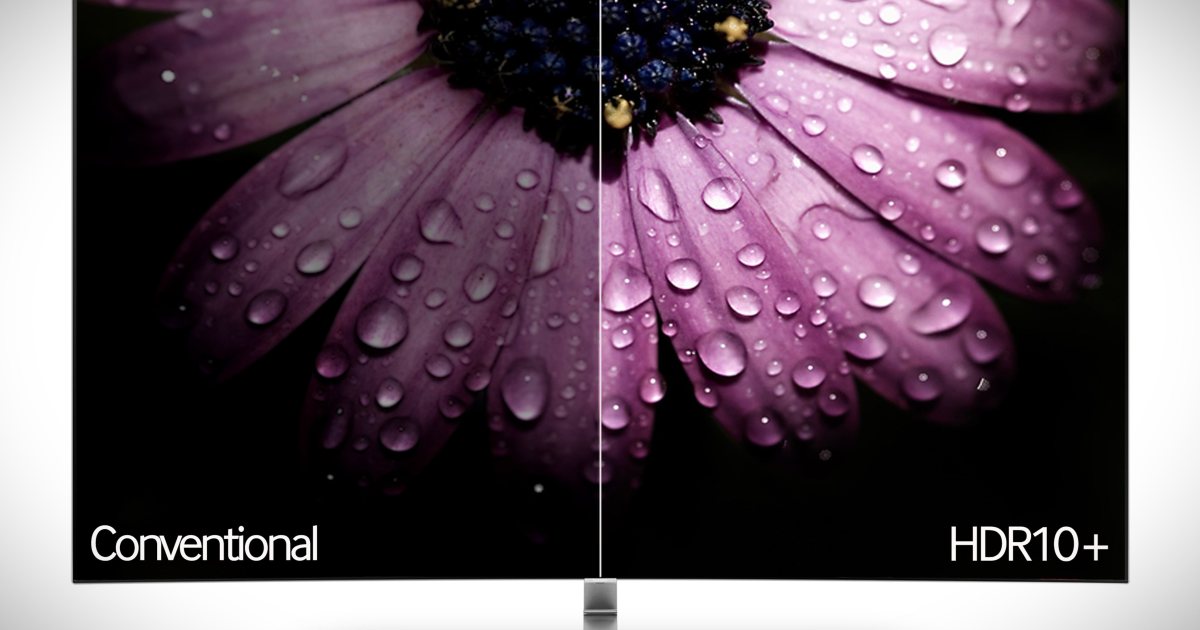I’ve been thinking of upgrading our 2017 LG 4K C7 OLED TV for a while now. Not that there’s anything wrong with it. It still performs as well as the day I bought it. But I’m ready for something bigger and brighter.
As someone who is absolutely sold on the benefits of OLED, I’ve been primarily looking at models from LG, Sony, and Samsung. These brands dominate the list of the best OLED TVs. In theory, it wouldn’t matter which one I chose — there are no losers in this category.
Still, I tend to get a little FOMO when it comes to big new tech purchases. I don’t make them often, so I want to make sure I’m buying the best that I can get. And in looking at all of the specs that I care about, Samsung’s ongoing lack of Dolby Vision support has been a sticking point for me.
Should it be? After all, there’s a far bigger difference between standard dynamic range and HDR10 than there is between HDR10 and Dolby Vision. In fact, Caleb Denison, Tech Reader’ resident TV expert, has argued that Dolby Vision’s improvement over HDR10 isn’t always readily apparent. To really appreciate dynamic HDR formats like Dolby Vision (and Samsung’s preferred open-source alternative, HDR10+), you need to watch material with “especially bright or especially dark scenes,” Denison says, “where subtle variations in bright highlights and/or shadow detail can make or break a scene.”
The thing is, my current LG OLED TV does have Dolby Vision, and I think I can see and appreciate the improvements when watching Dolby Vision content. Since most of the dynamic HDR content on streaming services has historically been limited to Dolby Vision, the idea of buying a TV that I’m likely to own for the next 8-10 years without this feature just feels wrong.
Or at least, it did.
With one deceivingly simple announcement, Netflix has changed my mind. Its decision to roll out support for HDR10+ as its second supported dynamic HDR format won’t matter to anyone who already has a Dolby Vision TV, but for Samsung owners (or potential Samsung buyers like me), it’s huge. Netflix is so big and influential in the streaming world, its adoption of HDR10+ could finally level the dynamic HDR playing field, at least as far as access to content goes. Of the major streaming platforms, it was the only one that remained an HDR10+ holdout. Now that Rubicon has been crossed, my FOMO has been significantly reduced.
The truth is, I may still buy my next OLED TV from LG or Sony or perhaps even Panasonic. But if I do, it won’t be out of fear that only these companies can offer me the best HDR viewing experience.

